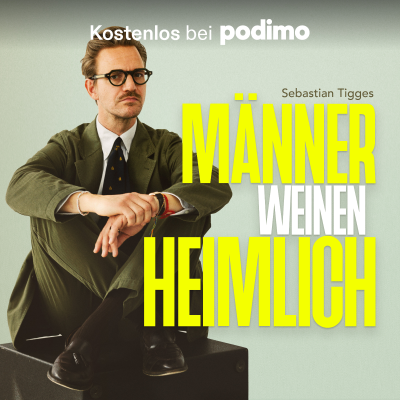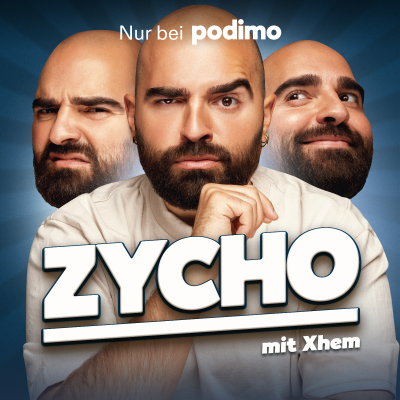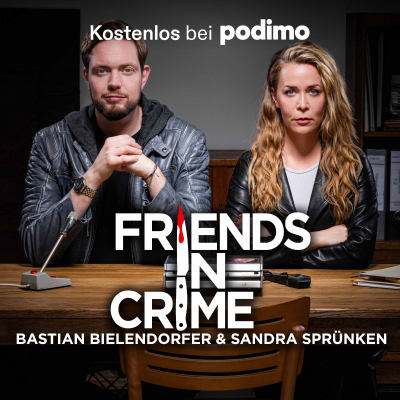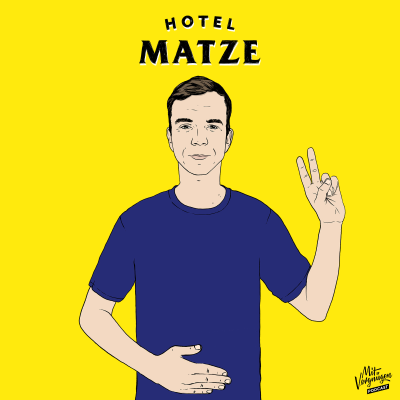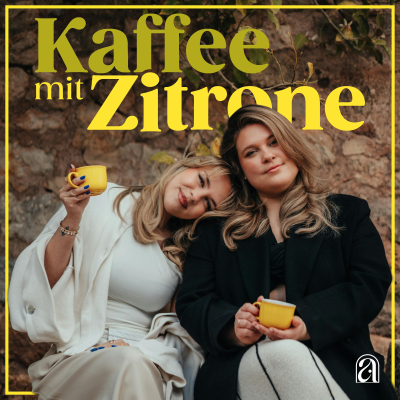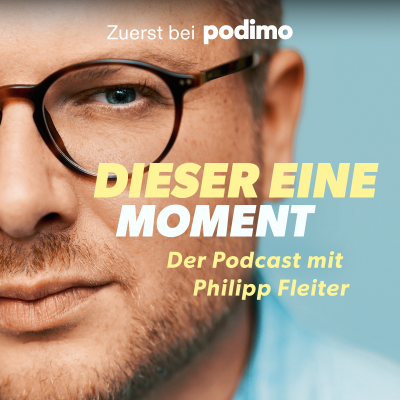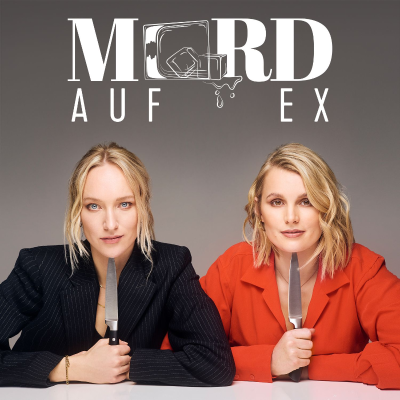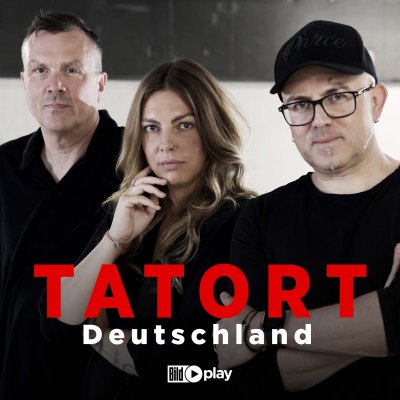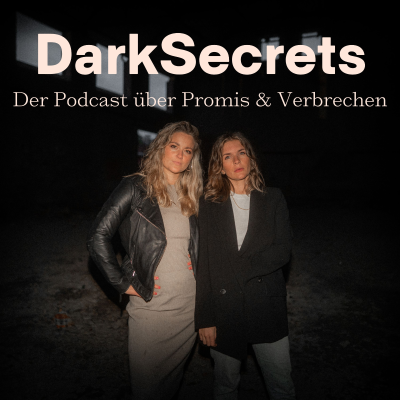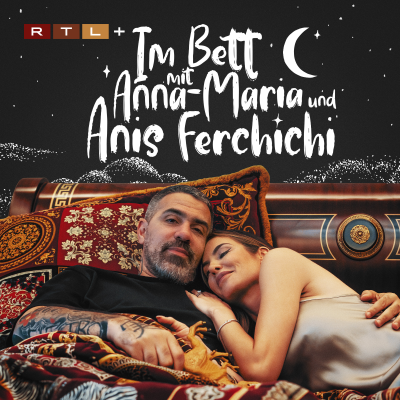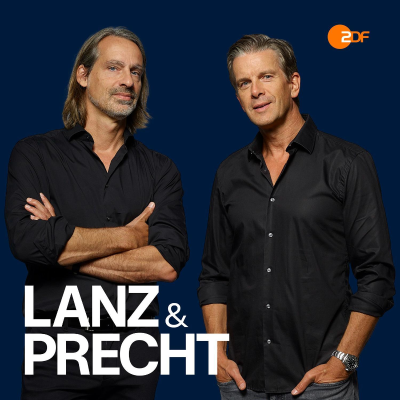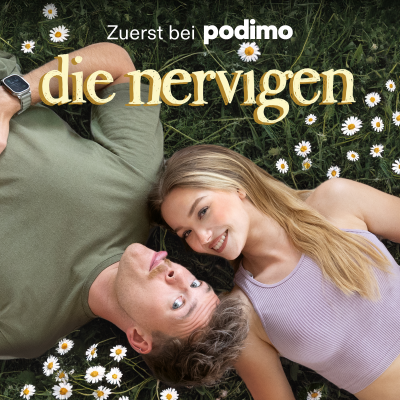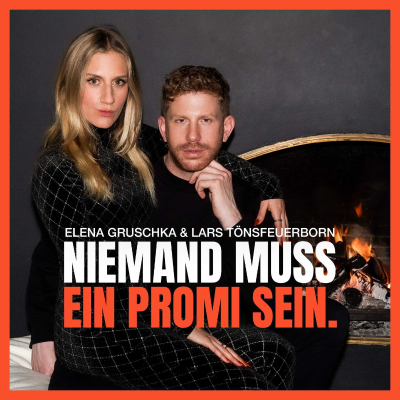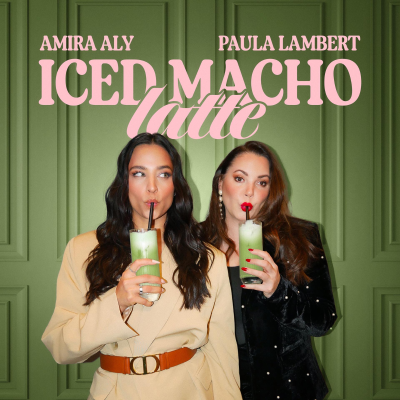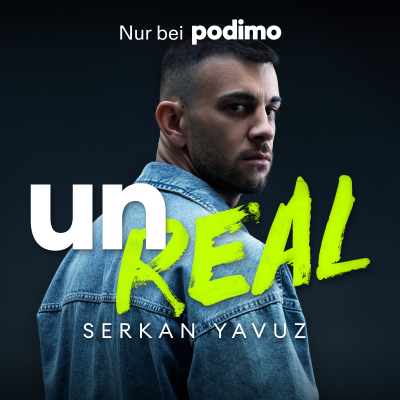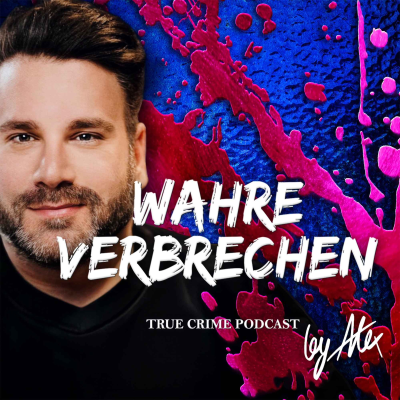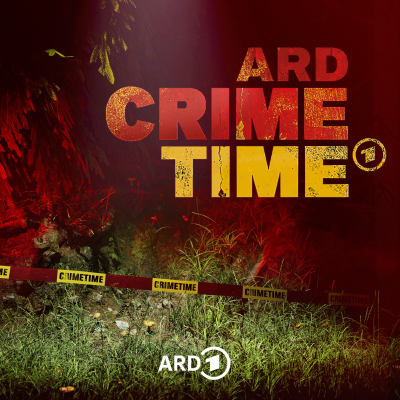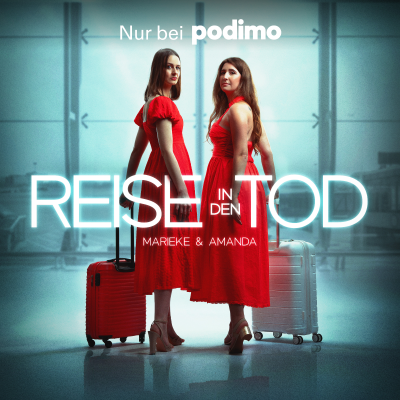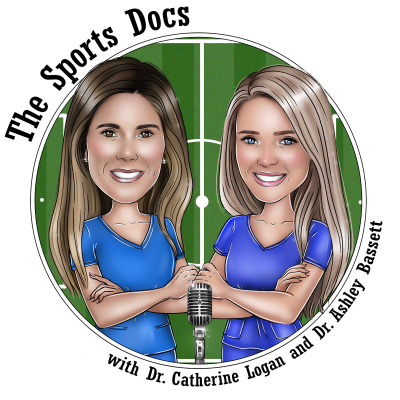
The Sports Docs Podcast
Podcast von SportsDocsPod
Nimm diesen Podcast mit
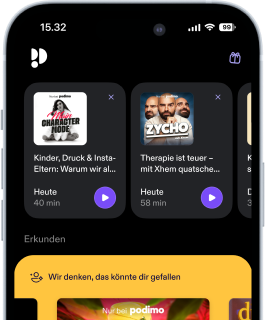
Mehr als 1 Million Hörer*innen
Du wirst Podimo lieben und damit bist du nicht allein
Mit 4,7 Sternen im App Store bewertet
Alle Folgen
133 FolgenToday’s episode is kind of an Overtime / Ask The Sports Docs crossover. One of the PTs that Ashley works closely with asked her why some patients do well after ACL surgery and some don’t fare as well, despite the surgery being identical in terms of technique, graft choice, post-op protocol etc. An article was just published in AJSM this month looking at this, specifically investigating factors that impact outcomes after ACL reconstruction. The article that we are reviewing today is titled “Primary Anterior Cruciate Ligament Reconstruction in Level 1 Athletes: Factors Associated With Return to Play, Reinjury, and Knee Function at 5 Years of Follow-up.” This level 2 cohort study aimed to analyze the outcomes of primary ACLR in level 1 athletes and identify preop and intraop factors associated with RTP, ipsilateral ACL reinjury, contralateral ACL injury, and IKDC score at 5 years post-op. ** We have also been chatting about this episode offline and discussed an article that was recently published looking at preoperative grit scores and postoperative range of motion after ACL reconstruction. Grit score is another objective measurement that we can obtain preoperatively and perhaps use to guide intervention during post-op recovery. We actually did an Overtime episode looking at the impact of grit scores on post-op outcomes after ACL reconstruction. That is episode #53 if you want to check it out! But today's second article is titled “Higher Grit Scores Are Associated With Earlier Increases in Knee Flexion Following Anterior Cruciate Ligament Reconstruction With Meniscus Repair in Pediatric Patients.” It was published in the April 2023 issue of the Journal of Pediatrics. Pete Fabricant and his team at HSS found that patients with grit scores below the 50th percentile undergoing ACLR + meniscus repair have 5 degrees less total ROM at 3 months compared with those with high grit scores. Though 5 degrees might not seem like a lot, quicker motion recovery in patients with high grit may be a leading indicator of these patients likelihood to achieve other post-op milestones and meet criteria for RTS more quickly. This obvious needs future study to see how grit impacts other factors like strength gains, passing RTP assessments etc.
Welcome to Overtime with the Sports Docs! On each of these mini episodes, we chat about a new article or new surgical technique in the field of sports medicine. We’ll give you our quick take on the most recent data and how this data will be impacting our practice. Today, we’re talking about posterior cruciate ligament injuries – specifically, surgical treatment; including reconstruction technique and graft choice. We’ll be reviewing an article published this month in AJSM titled, “Single-Bundle Autografts Outperform Single-Bundle Achilles Allograft in PCL Reconstruction in Terms of Posterior Tibial Translation and Clinical Outcomes, but No Differences Exist Between Double-Bundle Grafts [https://pubmed.ncbi.nlm.nih.gov/40376952/].” LaPrade PCL Stress Test: https://drrobertlaprademd.com/pcl-stress-radiograph-technique-edina-egan-mn/
We get lots of questions from our patients and our listeners each week. And they’re great questions, so rather than responding individually we thought we’d do these mini episodes where highlight some of the best questions and our responses, with some literature to back it up. Before we jump into our discussion today, we want to quickly update you on something very exciting that is coming up in July. And if you follow us on social media, you probably already know what we are about to say. We will be hosting our podcast series live again for a third year at the AOSSM Annual Meeting in Nashville. We will be doing several live shows per day from within the Field House on Thursday July 10 th and Friday July 11 th. We have some awesome guests lined up so make sure you’re following our socials to see our schedule that will be dropping soon! Alright, back to our discussion. Let’s start today with a question from a patient: “Should I Have PRP for My Partial Rotator Cuff Tear?"
We get lots of questions from our patients and our listeners each week. And they’re great questions, so rather than responding individually we thought we’d do these mini episodes where highlight some of the best questions and our responses, with some literature to back it up. Before we jump into our discussion today, we want to quickly update you on something very exciting that is coming up in July. And if you follow us on social media, you probably already know what we are about to say. We will be hosting our podcast series live again for a third year at the AOSSM Annual Meeting in Nashville. We will be doing several live shows per day from within the Field House on Thursday July 10 th and Friday July 11 th. We have some awesome guests lined up so make sure you’re following our socials to see our schedule that will be dropping soon! Alright, back to our discussion. Let’s start today with a question from a patient: “Should I have surgery for my SLAP tear?”
Today’s episode is going to focus on management of patellar instability – including nonsurgical treatment, MPFL reconstruction techniques and the addition of other procedures including trochleoplasty and osteotomies. We are joined today by two outstanding guests! Dr. Miho Tanaka is a Professor of Orthopedic Surgery at Harvard Medical School and the Director of the women sports medicine program at Mass General Brigham. She is also the head team physician for the New England Revolution and team physician for the Boston Red Sox, Boston ballet and Boston Glory. Dr. Beth Shubin Stein is an orthopaedic surgeon at the Hospital for Special Surgery and Professor of Orthopaedic Surgery at Weill Cornell Medical College. She is also the Co-Director of the women’s sports medicine center at HSS and the Director of the Patellofemoral Center at HSS. So, without further ado, let’s get to the Field House!
